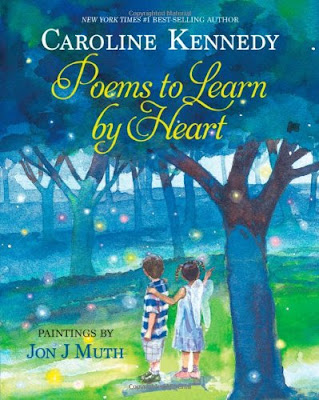Blood Water Paint
Bibliography:
McCullough, Joy. Blood Water Paint. New York: Dutton Books, 2018. ISBN: 978-0735232112
Summary:
Blood Water Paint, based on the true story of Renaissance painter Artemisia Gentileschi, portrays the struggle of a brilliant young woman who must endure the misogyny of her times. After the death of her mother, she must either join a convent as a nun or stay with her father grinding pigment in his studio. Although she herself is responsible for his success, correcting and embellishing his masterpieces with her superior skill, her father claims credit and treats her not as an apprentice but as a mere servant and model. When a prominent artist visits her father’s studio and sexually assaults her, Artemisia must draw strength from the memory of her mother’s stories of Susanna and Judith, strong women from biblical tales who become the subjects of two of Gentileschi’s most famous works. When Artemisia accuses the artist of his crime, she must defend herself before a court of men, suffering derision and risking everything for justice. The afterword explains that the novel is based on the three-hundred-page transcript of her remarkable trial in the year 1611. The book concludes with a page of resources for survivors of sexual violence.
Analysis:
 |
| Susanna and the Elders |
 |
| Judith Slaying Holofernes |
These allusions to biblical stories resonate with Artemisia’s circumstances as well as the #MeToo movement in the 21st century. Susanna and Judith appear to Artemisia as she endures her trauma, providing companionship and strength. Their distinct voices appear in italics in staggered alignment on the page. “Susanna, / always there, / unafraid to speak. / My own voice saved me. / Use your voice… Judith, / not so soft, / (and how could she be / to do what she did?) … Judith turns to me, points to / my paintbrush. / I need you.” Artemisia responds, “I don’t have a sword.” She soon learns that her words, her painting, and her truth are her weapons against a world of men that would seek to control her. These mystical conversations between Artemisia and her guardian muses create profound poetic moments.
Readers will be moved, infuriated, and empowered by the layers of truth expressed in McCullough’s bold and striking poetry. Her imagery and figurative language ring with clarity and rich allusion: “Wakefulness slices / through my sleep / like a shaft of light / from Caravaggio’s own brush. / I’m seized with the need / to rid my dress of the stain / it still bears.” The intensity of expression and razor sharp language will compel readers forward in this gripping narrative, and its stark and timeless truths will embolden young readers to recognize and confront injustice, to use their voice, to be Judith instead. Age 14 and up.
Excerpt:
13.
Every time my father shoos me
down the stairs
away from my studio,
each time he speaks to buyers
as though I am not there,
each time they leer at me
as I descend in seething fury,
my mother’s stories
stoke the flames inside.
We mostly deal in Bible tales,
some portraits, ancient histories, myths.
But all the maestros
sign their names
to David, Adam, Moses.
Those who follow strive
to leave their mark as well.
I can paint a David--king or upstart boy,
but when I do
there’s nothing of me
on the canvas.
Susanna, though, is different.
My mother never held a brush
but still composed
the boldest images
from the brightest colors
drawing the eye--the mind--
to what mattered most:
the young woman
stealing a moment
of peace to wash
away the day
then her world,
stained beyond repair.
Susanna and the Elders.
Father’s made attempts at Susanna,
just like the other painters--men--
who think they have the right
to tell the story of a woman
always watched.
But one can’t truly tell a story
unless they’ve lived it in their heart.
The longer I’m shuffled
in and out of the studio,
used for what I can offer,
not what I long to share,
the more certain I am
I can do Susanna justice.
I can do my mother justice.
I can have justice.
But I’m holding back
until I think
perhaps
my skills
can match
my heart.
Discussion:
- Introduce the poem by first showing students two paintings by Artemisia Gentileschi: Susanna and the Elders and Judith Slaying Holofernes.
- Invite students to respond to the paintings by describing what they see and what emotions the paintings evoke.
- After reading the poem, read and discuss this article “Susanna and the Elders: Gentileschi’s Dramatic Feminist Masterpiece” from Singulart Magazine.
- How did Artemisia confront injustice with her paintings?
- Do women face similar circumstances today? Why or why not?




Comments
Post a Comment